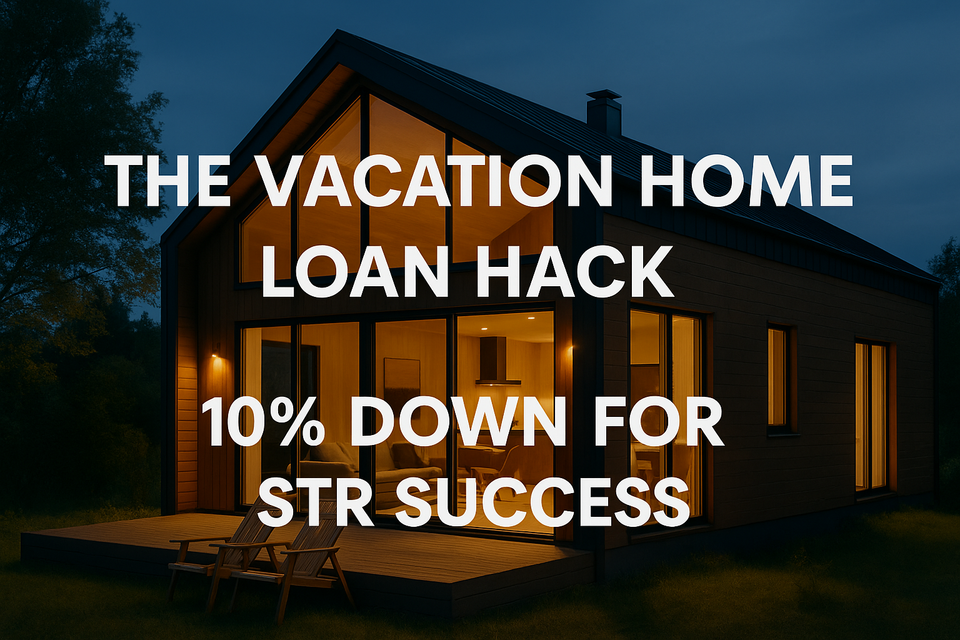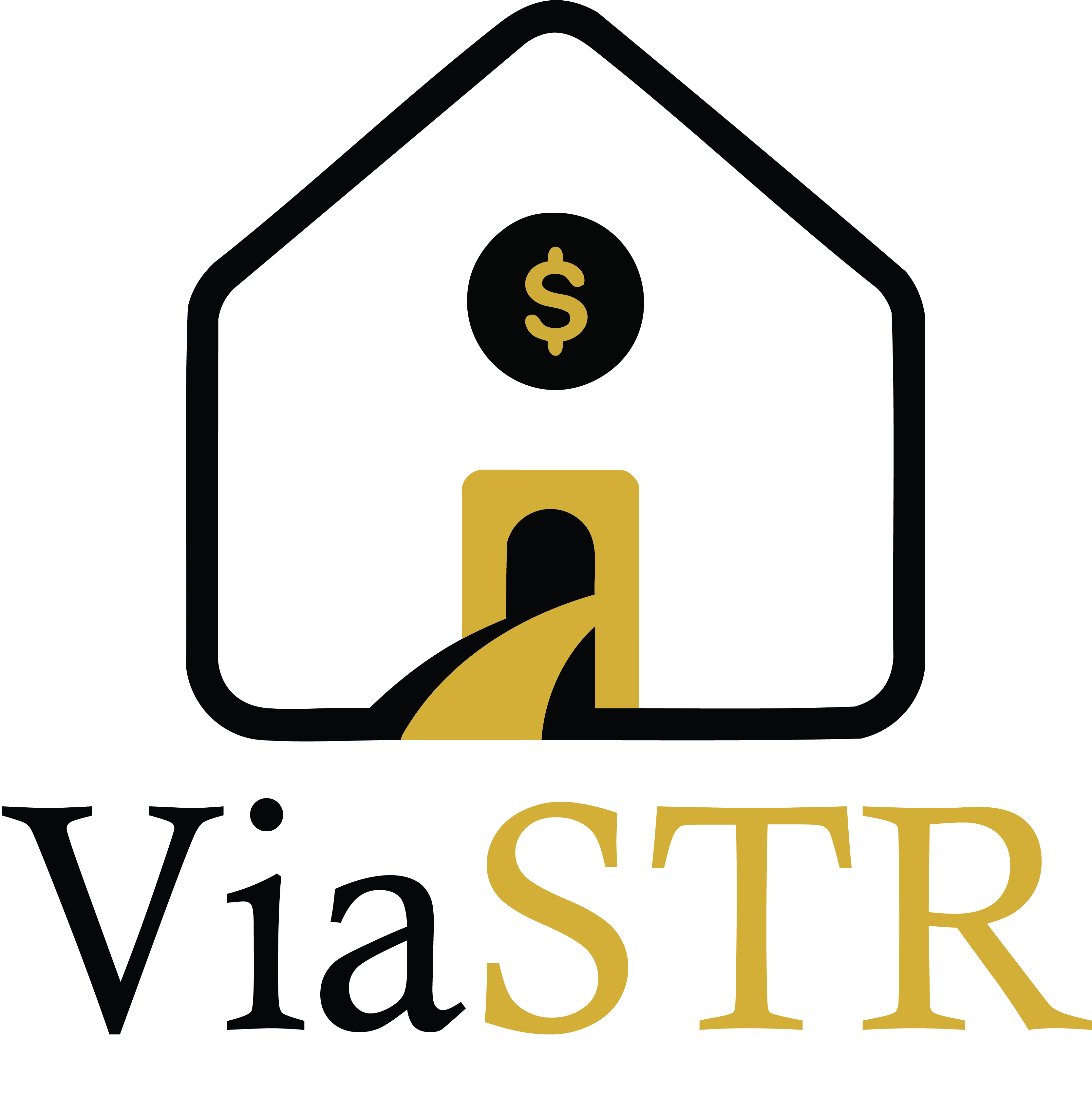The Vacation Home Loan Hack: Using 10% Down Financing Strategically

At a Glance
- Finance STRs with as little as 10% down using vacation home loans.
- Pair builder/seller credits to reduce cash out of pocket.
- Use Fund&Grow to finance furnishings and optimizations.
- New builds may not maximize cashflow but can minimize life disruption for beginners.
- Bonus depreciation can return much of your down payment in year one.
For high-income W2 earners entering the short-term rental (STR) space, one of the biggest barriers is the down payment. Most investment property loans require 15–20% down, plus closing costs and furniture expenses. But there’s a powerful financing tool often overlooked: the vacation home loan, which allows you to get started with just 10% down.
Used strategically, this loan type can dramatically reduce your upfront costs — and when paired with tax strategies like bonus depreciation, you can often recover much of your investment in the very first year.
Why the 10% Down Vacation Loan is a Game-Changer
Vacation home loans are designed for buyers purchasing a second home, not necessarily a “pure investment property.” Lenders expect personal use during part of the year, but most allow you to rent the home as a short-term rental the rest of the time.
This structure provides:
- Lower down payment requirements (10% vs. 15–20%).
- Better interest rates compared to DSCR or traditional investment loans.
- The ability to reserve cash for furnishings, reserves, and early optimizations.
Pro tip: Many STR investors use their vacation home loan on their first or second property, then pivot to DSCR or portfolio loans for scaling once they’ve built credibility.
Negotiating Builder or Seller Credits
Your cash-to-close isn’t just about the down payment. Builder and seller credits can be leveraged to reduce out-of-pocket costs for:
- Closing costs (title, lender fees, insurance).
- Furniture packages (especially common in new construction).
- Upgrades/optimizations (e.g., hot tub, lighting, game room).
A skilled real estate agent can negotiate these concessions, especially if you’re purchasing new construction or working with motivated sellers.
Financing Furnishings and Optimizations with Fund&Grow
Even with credits, furnishing an STR is expensive. That’s where tools like Fund&Grow or LLC-based business credit lines come in:
- Use 0% introductory business credit cards or lines of credit to finance furnishings, décor, and amenities.
- Keep personal credit utilization low by structuring debt through your LLC.
- Spread the cost of launching your STR over the first year instead of draining savings.
This financing strategy ensures you have capital reserves for emergencies and keeps your personal finances stable while launching.
The Role of New Construction in Early STR Journeys
It’s true — new builds may not offer the same cashflow upside as established STRs in prime locations. But for beginners, they provide unique advantages:
- Turnkey setup with fewer maintenance surprises.
- Opportunity to roll upgrades (like a hot tub or game room) into the purchase price.
- Easier negotiations with builders who are motivated to close.
- Depreciation leverage: when paired with a cost segregation study, bonus depreciation can recapture much of your down payment in year one.
Bonus Depreciation: Getting Your Down Payment Back
Thanks to the reinstated 100% bonus depreciation, STR investors can use cost segregation to front-load deductions.
Example:
- $600,000 purchase price, 10% down ($60,000).
- Cost seg study accelerates $150,000+ in year-one depreciation.
- High-income W2 earner offsets taxable income, generating ~$55,000+ in federal tax savings.
In effect, the tax strategy can reimburse much of your down payment, letting you scale faster.
Key Takeaways
- The 10% down vacation home loan is a powerful way to break into STR investing with less cash upfront.
- Builder/seller credits and business credit financing can further reduce out-of-pocket costs.
- New construction, while not always top cashflow, offers low-friction entry for first-time STR owners.
- Pairing the loan hack with bonus depreciation can return much of your initial investment in year one.
With the right structure, you’re not just buying a property — you’re buying time, scalability, and peace of mind.
